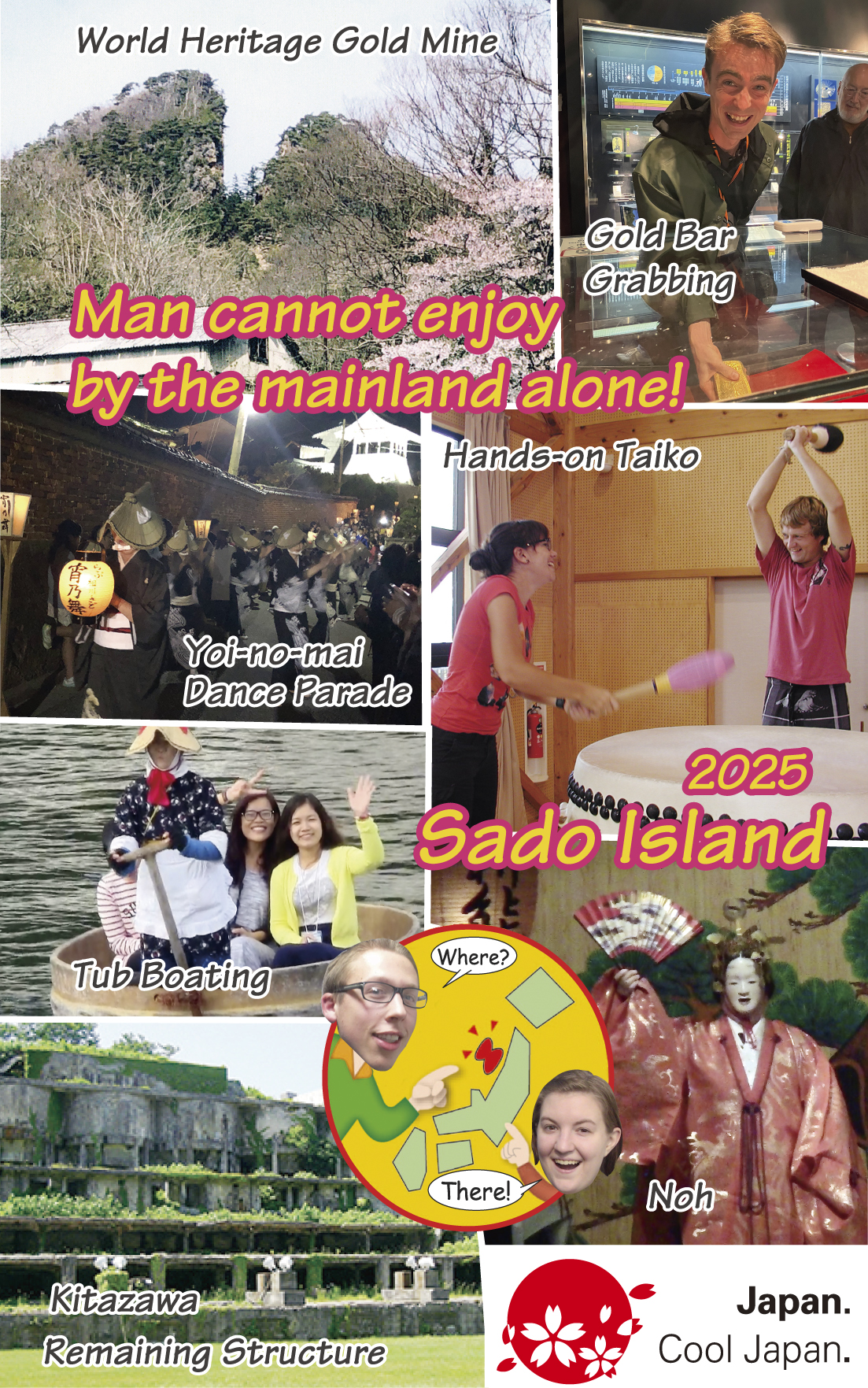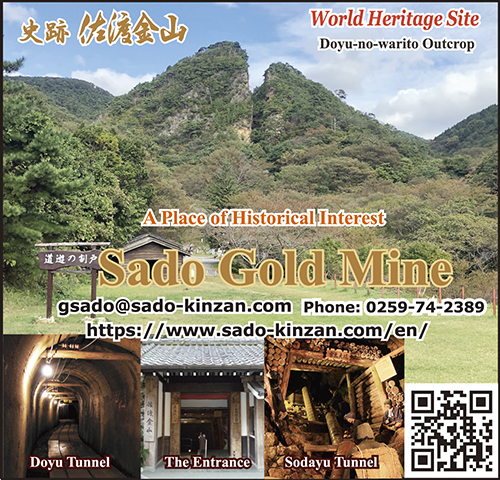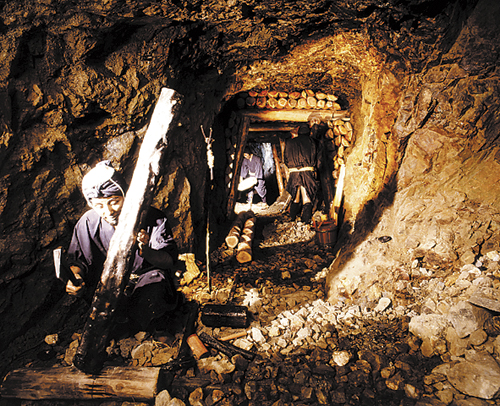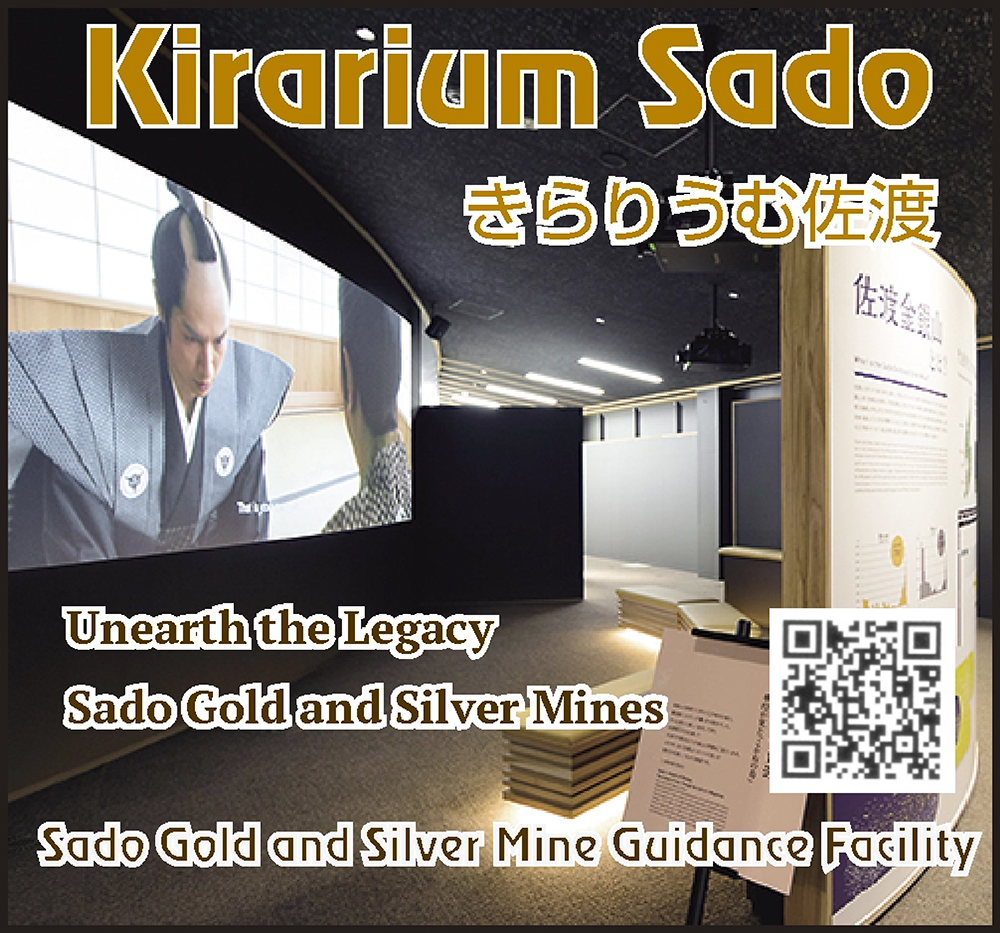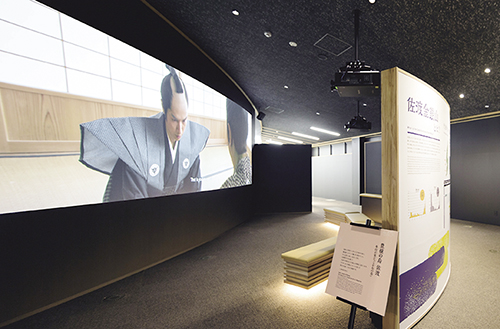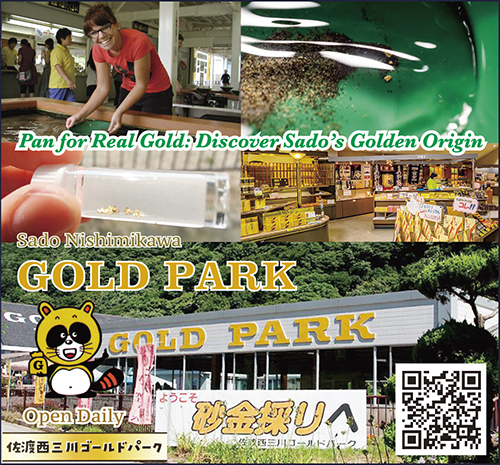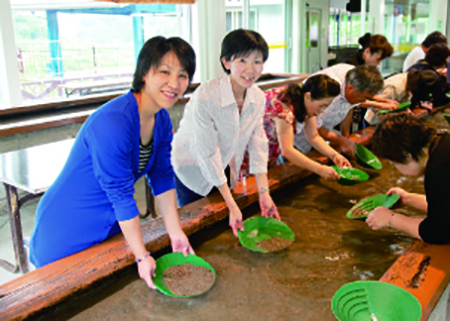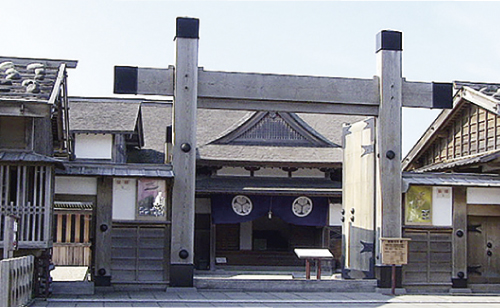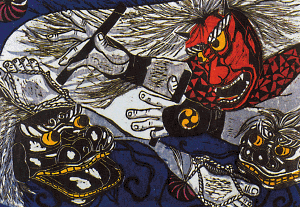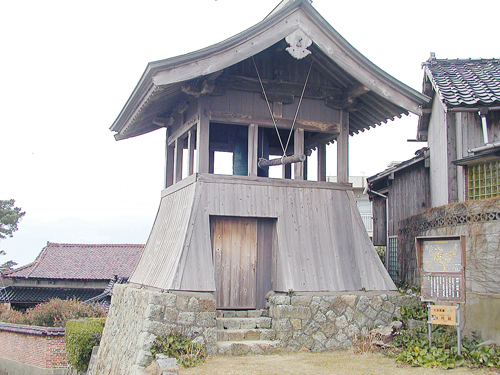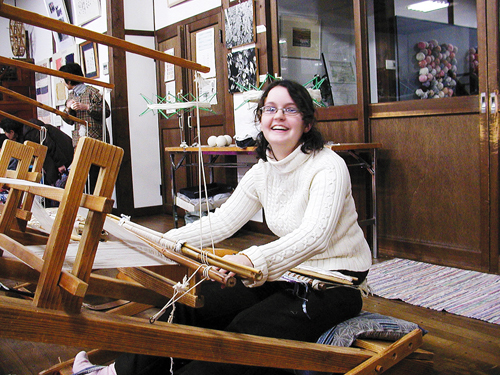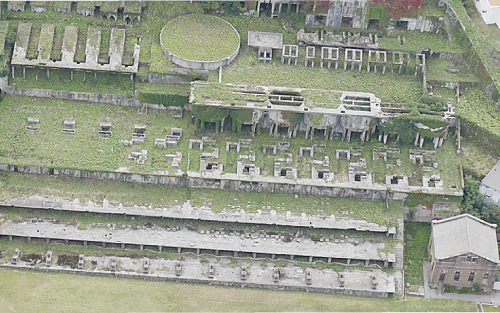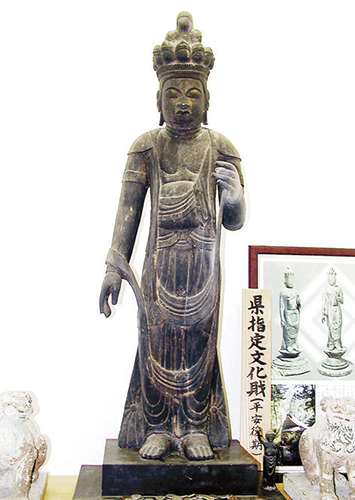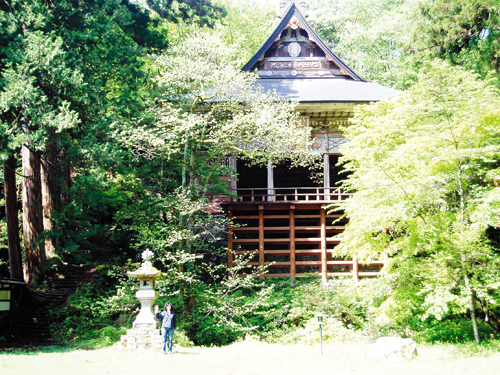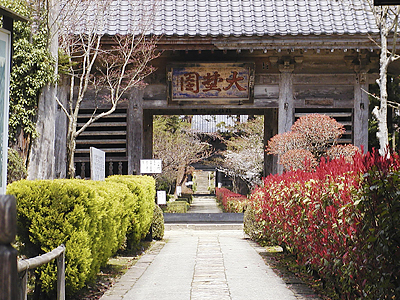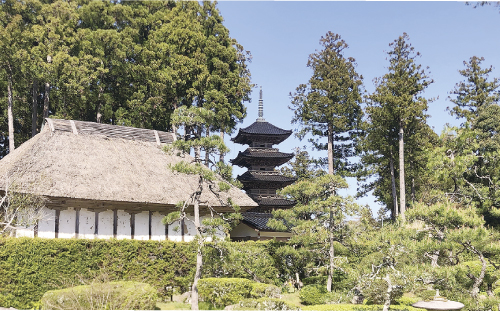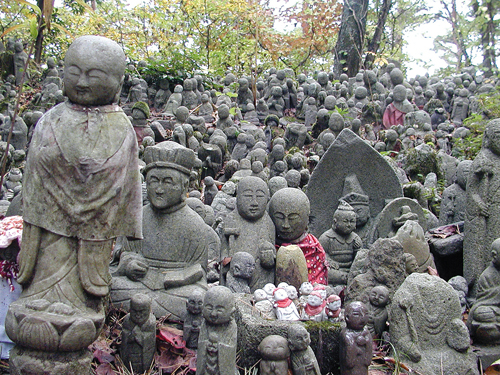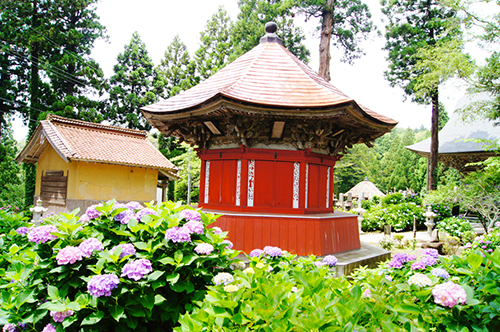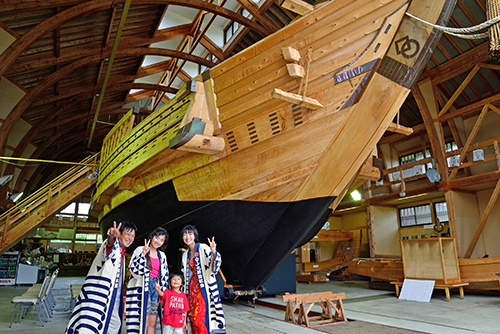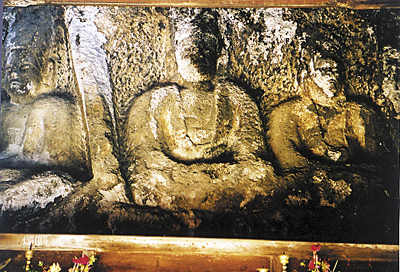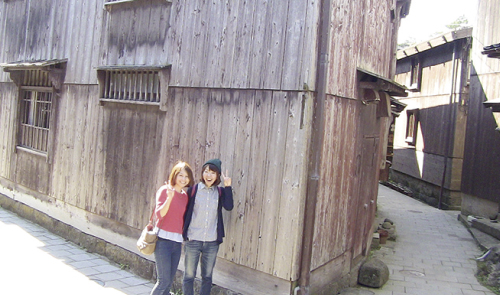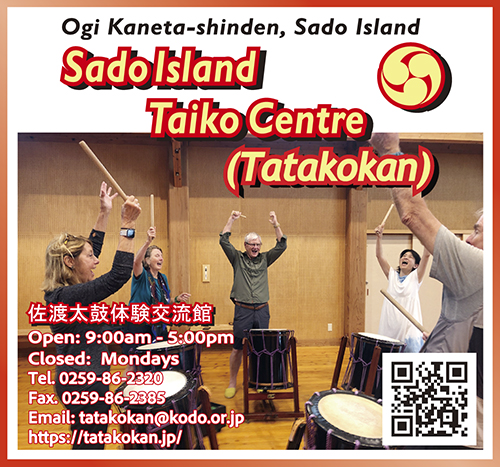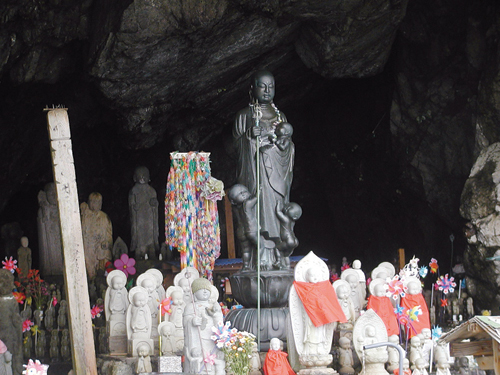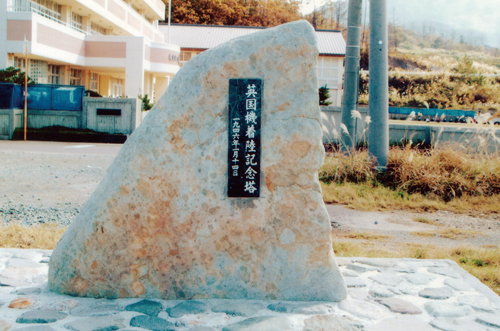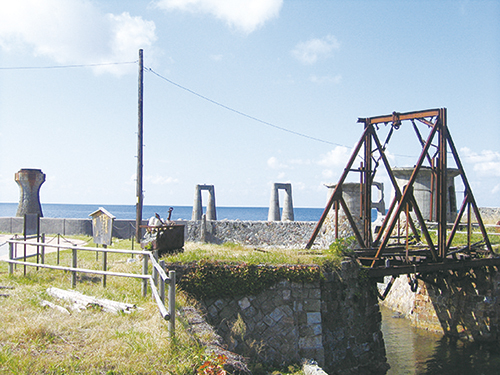Cultural & Historic Interests
Browser translation tools may be convenient; however, they may not always be 100% accurate. Please use other reliable tools as needed.
1: Sado Gold Mine
2: Kirarium Sado
3: Nishimikawa Gold Park
4: Sado Bugyosho
5: The Sado Hanga-mura (Wood-block Printmaking ) Museum
6: Kyokami-dori Street and Jishoro Belfry
7: The Aikawa Folk Museum
8: Remaining structure of Kitazawa Floatation Processing Plant
9: Chokoku-ji Temple
10: Seisui-ji Temple
11: Kompon-ji Temple
12: Myosen-ji Temple
13: Nashinoki Jizo Shrine
14: Rengebu-ji Temple
15: The Sado-koku Ogi Folklore Museum
16: Iwayasan Cave
17: Shukunegi
18: Sado Island Taiko Centre
19: Sai-no-kawara
20: The Monument for the Dakota Incident
21: The Remaining Structure of Oma Port
Sado Gold Mine
Phone: 0259-74-2389 Fax: 0259-74-3235
Open daily 8:00am -5:00pm Apr. to Oct. (8:30am-4:30pm Nov. to Mar.)
Email: gsado@sado-kinzan.com
URL: https://www.sado-kinzan.com/en/
Sado Gold Mine, a UNESCO World Heritage Site since 2024, offers a fascinating look into Japan’s gold mining history. Opened in 1601, the mine produced 78 tons of gold and 2,330 tons of silver over nearly four centuries, making it one of Japan’s most significant mining sites. Visitors can explore two tunnels: the manually-excavated Sodayu Tunnel from the 17th century, showcasing Edo-period craftsmanship, and the Doyu Tunnel, created with machinery in the 19th century, marking Japan’s shift to modern mining methods. The combined tour of both tunnels takes about 70 minutes. The tunnels are always around 10°C (50°F), so a jacket or long sleeves are recommended. Admission is 1,500 yen for access to both tunnels. Experience the legacy of Sado Gold Mine—an enduring symbol of Japan’s mining history.
Kirarium Sado
Phone: 0259-74-2215
Open 8:30 am – 5:00 pm
Closed 12/29 – 1/3
Admission: 300 yen
A Short promotion video
Kirarium Sado is a facility dedicated to guiding visitors through the history of the Sado Gold and Silver Mine. It houses an exhibition room and a tourist information desk. (Rental bikes are available here.) The exhibition room features four projection theaters showcasing informative videos (with English subtitles), highlighting the early stages of alluvial gold mining and the later development of mining techniques. Panels detail the almost 400-year-long history and progression of mining activities.
Allow 30 to 40 minutes for your visit. It is strongly recommended to stop by here before visiting the actual mine tunnels.
Nishimikawa Gold Park
Phone: 0259-86-2320 Fax: 0259-58-2023
Hours: 8:30am- 5:00pm (Mar., Apr., and Sep- Nov.); 8:30am-5:30pm (May- Aug.)
Admission: 1,500 yen
URL: http://www.e-sadonet.tv/goldpark/
The Nishimikawa area, Sado’s oldest alluvial gold mining site, holds historical significance as gold mining began here as early as the 12th century. This is evidenced by the Tale of Times Now the Past (Konjaku Monogatari), a collection of stories compiled during that era. The surrounding area is recognized as a key component of the World Heritage designation, alongside the Sado Gold Mine, which was developed from the 17th century onward. Nishimikawa Gold Park offers visitors a unique opportunity to experience hands-on gold panning, providing a direct connection to the area’s rich history and Sado’s centuries-old gold mining culture. Each panning session lasts approximately 30 minutes.
Sado Bugyosho, a rebuilt Sado's Magistate office
Phone: 0259-74-2201
Admission: 500 yen
Hours: 8:45am – 5:00pm
Closed from Dec 29 to Jan 3
See where the gold mining operation was governed at this restored branch office building dating back to the era of the Tokugawa Shogunate. Skillful carpenters successfully rebuilt the original construction in 2001. Admission ¥500.
The Sado Hanga-mura (Wood-block Printmaking ) Museum
Phone: 0259-74-3931
Admission: 400 yen
Hours: 9:00am to 5:00pm
Closed Mon (or the following Tuesday if a holiday falls on Mon.)
Seasonal: March – November
Japan’s wood-cut block printing technics rapidly advanced in the late 17th century, when ukiyo-e images gained popularity throughout the country. In contemporary ages, various hand-made prints depicting people’s daily life on Sado are in display in the museum. These artwork activities were facilitated by a late local high school teacher. The building, formerly an old courthouse, serves as a quiet reminder of olden days.
Kyomachi-dori Street and Jishoro Belfry
In Japan, bells like the one at Jishoro belfry are struck from the outside with a wooden striker, producing a deep, resonant sound that reflects Japan’s unique bell-making tradition. This method contrasts with Western church bells, where an internal clapper strikes the bell, causing it to swing and produce a higher-pitched tone. The bronze bell at Jishoro, cast in 1917, was made using copper of Sado, linking the bell directly to the island's mining heritage and craftsmanship. This combination of local materials and distinct techniques highlights the cultural differences in bell-making between East and West.
The Aikawa Folk Museum (Folk Museum & the Aikawa Exhibit House of Folk Crafts)
Phone: 0259-74-4313
Admission: Free (or an hand-on Sakiori weaving for 1,800 yen)
Hours: 8:30am – 5:00pm
Closed Sat, Sun, and holidays from Nov to Feb, and from Dec 28 to Jan 3
The museum exhibits historic materials from the Sado gold mine and its related artifacts. The Exhibit House offers hands-on experiences of artwork: try traditional Sakiori weaving for 1,800 yen.
Remaining structures of Kitazawa Flotation Processing Plant
Visiting this site evokes images reminiscent of Laputa from Miyazaki's Castle in the Sky. Originally built in 1938, the plant was once the largest flotation plant in East Asia. The enduring concrete structure is the remaining part of the facility, designed to separate and concentrate valuable minerals from ores. However, due to excessive wartime mining, the plant underwent significant downsizing in the post-war years and closed in 1952. Today, it stands as a symbol of the island's industrial history. Nearby, the brick building of Sado's first coal-fired power plant, constructed in 1908, further enriches the story of this bygone era.
Chokoku-ji Temple
According to multiple legends, the temple was built in 807 by the founder of Shingon Buddhism, Kukai or Kobo-daishi (774-835). Records indicate that, due to geographic similarities, Retired Emperor Juntoku (1197-1242) named Chokoku-ji after Nara's Hasedera Temple when he came to Sado in 1221. Various flowers are in bloom year- round, and the temple is home to a variety of local treasures, including a wooden statue of an 11-faced Kannon. Descriptive handouts in English, Korean, Chinese, Taiwanese, and Russian are available, and a free tour is available in Japanese (please call in advance). 0259-66-2052 Open daily.
Seisui-ji Temple
Founded in 808 by monk Ken’no, Seisuiji Temple was established based on a legend. In 805, a child deity appeared, advising its construction. Moved by the people’s struggle to visit Kyoto, Emperor Kammu (the 50th, 781–806) ordered the temple’s creation. With a stage similar to Kiyomizu-dera in Kyoto, Seisuiji offers tranquility, contrasting with its bustling counterpart. A peaceful, tree-lined staircase leads to the temple. Admission is free.
Kompon-ji Temple
Kompon-ji is one of the sacred sites honoring the Buddhist priest Nichiren (1222-1282), the founder of Nichiren Buddhism, another major Japanese Buddhist stream. He was banished to Sado in 1271 for his criticism of the Kamakura shogunate government. During his stay on Sado, he wrote the Kaimokusho (The Opening of the Eyes), one of his most important scriptures. Kompon means "fundamental". This temple was built in 1607 to commemorate his honor and history. Admission ¥300.
Myosen-ji Temple
Myosen-ji Temple is said to have been built in 1278 by Endo Tamemori (1189-1279), a devout believer of Nichiren Buddhism. The temple was originally built at a different site but was relocated to the present location in 1589. Its five-story pagoda tower was built in 1825 by two generations of carpenters and took 30 years to complete. Admission is free. The tower is a nationally designated important cultural asset.
Nashinoki Jizo
A jizo is a stone image of a guardian deity for children. The principal image kept here is said to protect children from illness and to help recovery. Many parents bring and leave jizo statues as these jizo undertake sufferings on these children's behalf. The number of jizo statues continues to rise.
Rengebu-ji Temple
Rengebuji Temple, one of the three sacred temples of esoteric Shingon Buddhism (along with Kongobu-ji in Wakayama and Murou-ji in Nara), is traditionally believed to have been founded by Kukai (774-835). However, there is no record of him visiting Sado. In the 9th century, Emperor Saga (786-842), the 52nd Emperor, ordered the temple’s construction to pray for peace, as it lies in an unlucky direction from Kyoto’s Imperial Palace. The temple is renowned for its 14th-century architecture and beautiful hydrangeas that bloom from June to July. Admission is free.
The Sado-koku Ogi Folklore Museum
Phone: 0259-86-2604
Admission: 500 yen
Hours: 8:30am – 5:00pm
Closed Sat, Sun, and holidays from Dec to Feb, and from Dec 28 to Jan 3
This museum exhibits a wealth of Sado's historic relics as well as a re-created sailing ship originally built in 1858. Many century-old household goods and tools are also on display in this old school building.
Iwayasan Cave
In cave in a hidden hilltop, multiple deity images were carved on the wall inside the cave. Local people consider it a holy site. A legend says this narrow cave is said to go through to Iwaya-guchi, a northern part f the island.
Shukunegi
Shukunegi, designated a national historic site, was a vital village for skilled shipbuilders and marine entrepreneurs between the 17th and mid-19th centuries, particularly during the heyday of Ogi Port as a designated port of call for maritime transport. The village was a hub of shipbuilding expertise, as visitors can witness preserved historic houses, accessible with a fee, vividly illustrating the era's techniques. Behind the village, Shokoji Temple stands, where locals worship a guardian deity for safe navigation. Residents, following tradition, regularly refresh temple flowers. A100 yen contribution by each visitors is highly appreciated for area preservation.
Sado Island Taiko Centre
Phone: 0259-86-2320 Fax: 0259-86-2385
Hours: 9:00am – 5:00pm
Closed Monday (If a national holiday falls on Monday, it is open and closed the following Tuesday.)
URL: https://tatakokan.jp/en/
E-mail: tatakokan@kodo.or.jp
Sado Island Taiko Centre offers a hands-on learning experience in Japanese taiko for groups and individual visitors (from a 60min course ¥3,000, an advance reservation is needed). Please feel free to contact us for availability and detailed information. We are located close to Kodo Village, where the internationally renowned Japanese drum performing group Kodo is based. Enjoy beating taiko in our facility surrounded by the warmth of woods and splendid nature. Two large natural wooden taiko, which were made from a 600 year-old (estimated) keyaki tree, are in place in our hall.
Sai-no-kawara
This cave is found in the middle of the footpath between Ono-game and Futatsu-game (see Scenic Spots section). Hundreds of jizo statues are left by parents whose children died. A local folk tale says this place is where those children stop in on the way to heaven. These figurines ensure that children have a safe journey.
The Monument for the Dakota Incident
This is the place where RAF (Royal Air Force) aircraft FL510, as a Dakota III or Sister Ann, crash-landed in January 1946, just 5 months after the end of WWII. All aboard the aircraft were safe. With warm hospitality for its crew members provided by local people the plane was successfully repaired and flown back into the skies. Based on this story, a Japanese film was produced in 2013. The title is “Tobe! Dakota.” (English title: FLY, DAKOTA, FLY!)
◎Foreign Press Center Japan
◎Theme Tune
◎Trailer
In the past, the 1955 movie, The Night My Number Came Up, was created on the true story of Air Marshal Victor Goddard, one of the Dakota’s passengers. It tells the story of why the artifact came to Sado. However, the rest of the story, what happened after the crash-landing, was virtually unknown until recently. The new movie revealed it to all viewers for the first time.
The Remaining Structure of Oma Port
The construction of Oma Port was completed in 1892 to facilitate unloading supplies and coal for Sado's gold mining business, and was actively used until the middle of the 20th century. A stretch of embankment consists to natural stones filled with hard-packed clay and slaked lime, making water-tight stone pitching layers to provide strong resistance against pounding waves. This Tataki embankment structure was a significant civil engineering achievement at the time without using concrete materials that were at unaffordable prices. The same embankment structure prevailed across the country during the 19th century. However, most of them were modernized and now long gone. Oma Port is one of few treasured places that still retain the original formation.
